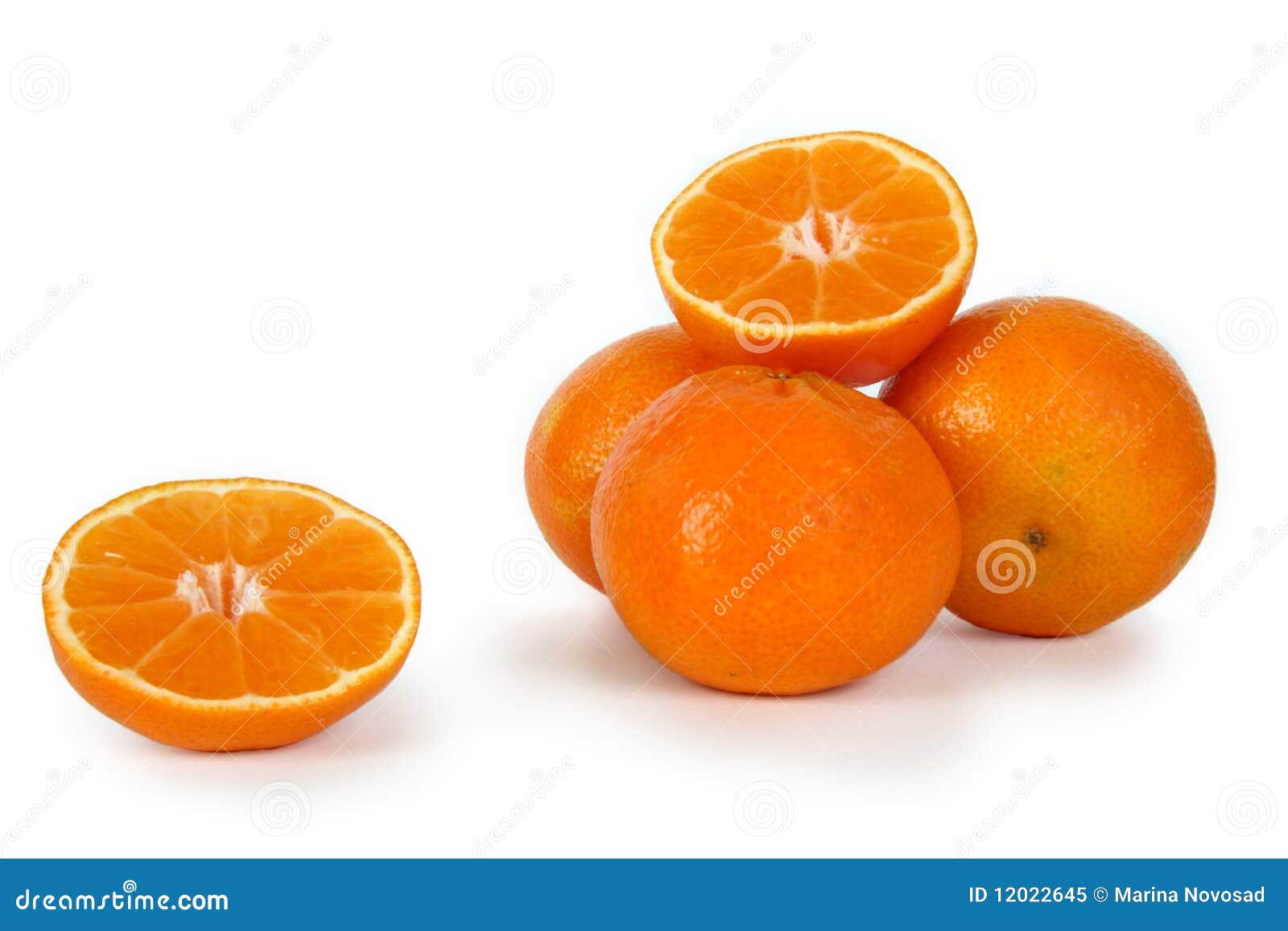

Be mindful of how many you eat because of the high sugar levels. Overall clementines, mandarins, and tangerines are an okay fruit to have in your diet. It helps feces hold water and keeps it from blocking up in your intestinal tract. This fibre is good for your digestive tract.

Its cousins a little less so, but most people are not getting enough of this important immune booster. They are largely beneficial for retinal health.Ĭlementines are a significant source of vitamin C.

Carotenoids also function as antioxidants in the body. This makes sense because these are the pigments that bring the bright colour to the fruit. They are also rich in β-cryptoxanthin and phytoene. Mandarin varietals are highly rich in carotenes. So are any of these fruits worth the high sugar content? They also have low levels of calcium, iron, magnesium, phosphorus, potassium, copper, and manganese. Both tangerines and mandarins have 10.6g per 100g.Īll three have similar levels of dietary fibre, and trace amounts of vitamin E, thiamin, riboflavin, niacin, vitamin B6, and pantothenic Acid. This hybrid fruit contains 9.2g of sugar for every 100g. Tangerines have 14% of your daily value, mandarins have 4%, and clementines don’t contain any vitamin A whatsoever.Ĭlementines are also lower in sugar. Tangerines have 44%, while mandarins only have 32%.Īnother difference is vitamin A. Clementines take it home with 48.8mg per 100g. Vitamin C is one of the biggest differences. Looking at an even 100g per fruit there are some marked differences. This is also where the fruit gets its name. A French missionary in Algeria named, Marie-Clément Rodier, created it in 1902. They’re a hybrid of a Mediterranean Citrus × delicious (a hybrid fruit itself) and a sweet orange. The fruit is largely grown in North Africa and was largely exported through the port of Tangier, which is where it gained its name.Ĭlementines are smaller and seedless. Tangerines and clementines are varietals of mandarins. As its name suggests, it originates from China. The mandarin is a small relative of the common orange.


 0 kommentar(er)
0 kommentar(er)
